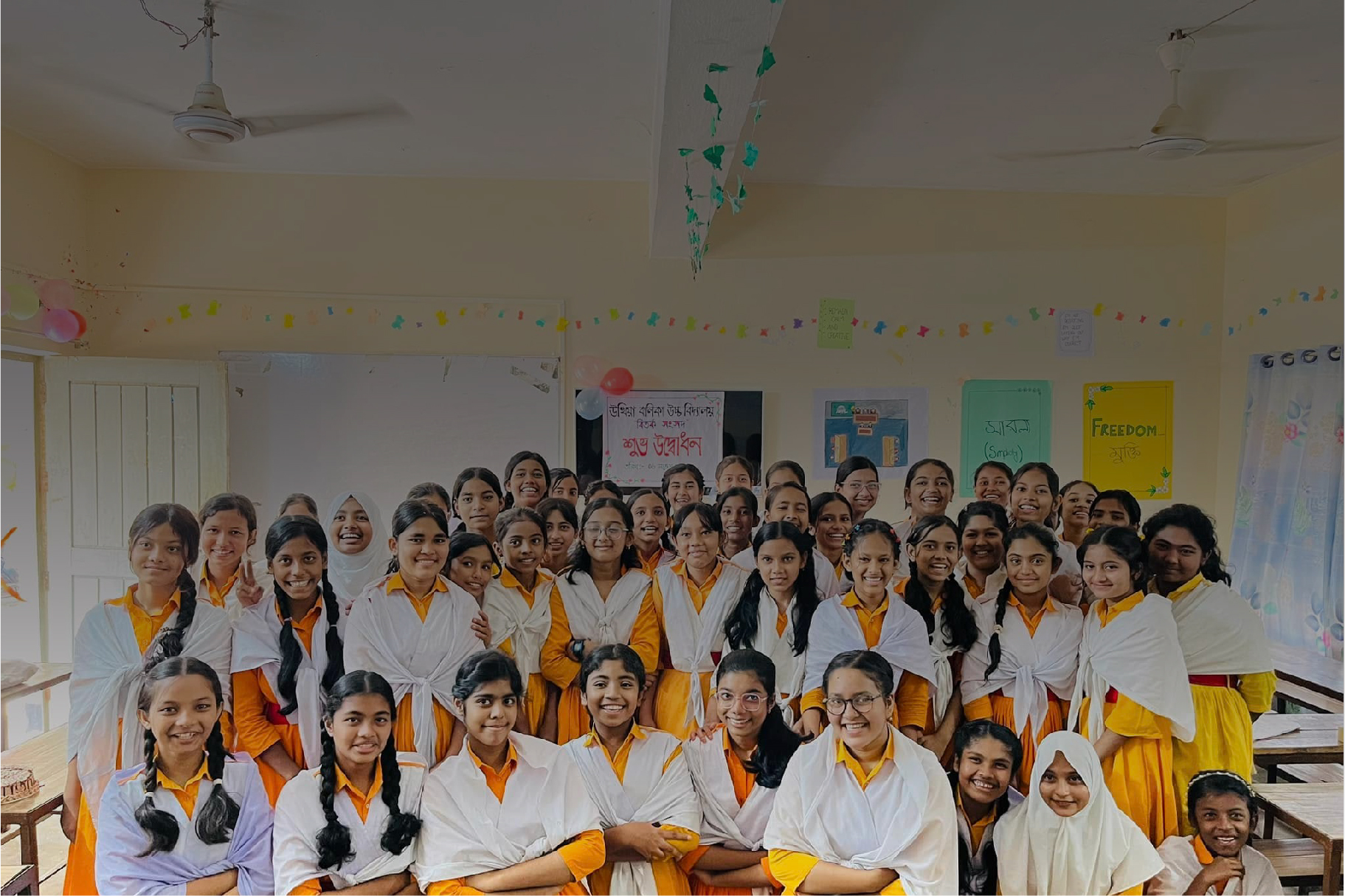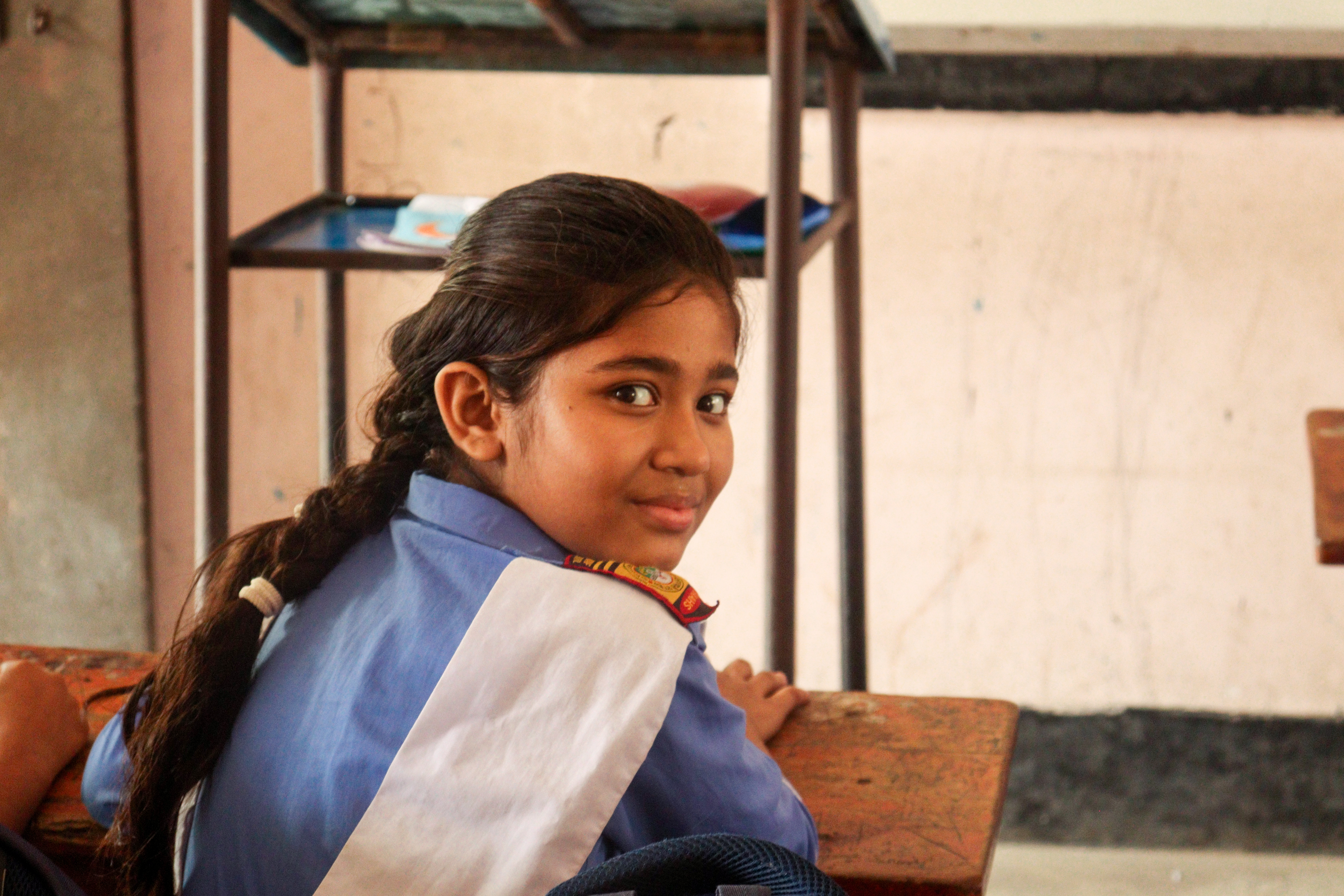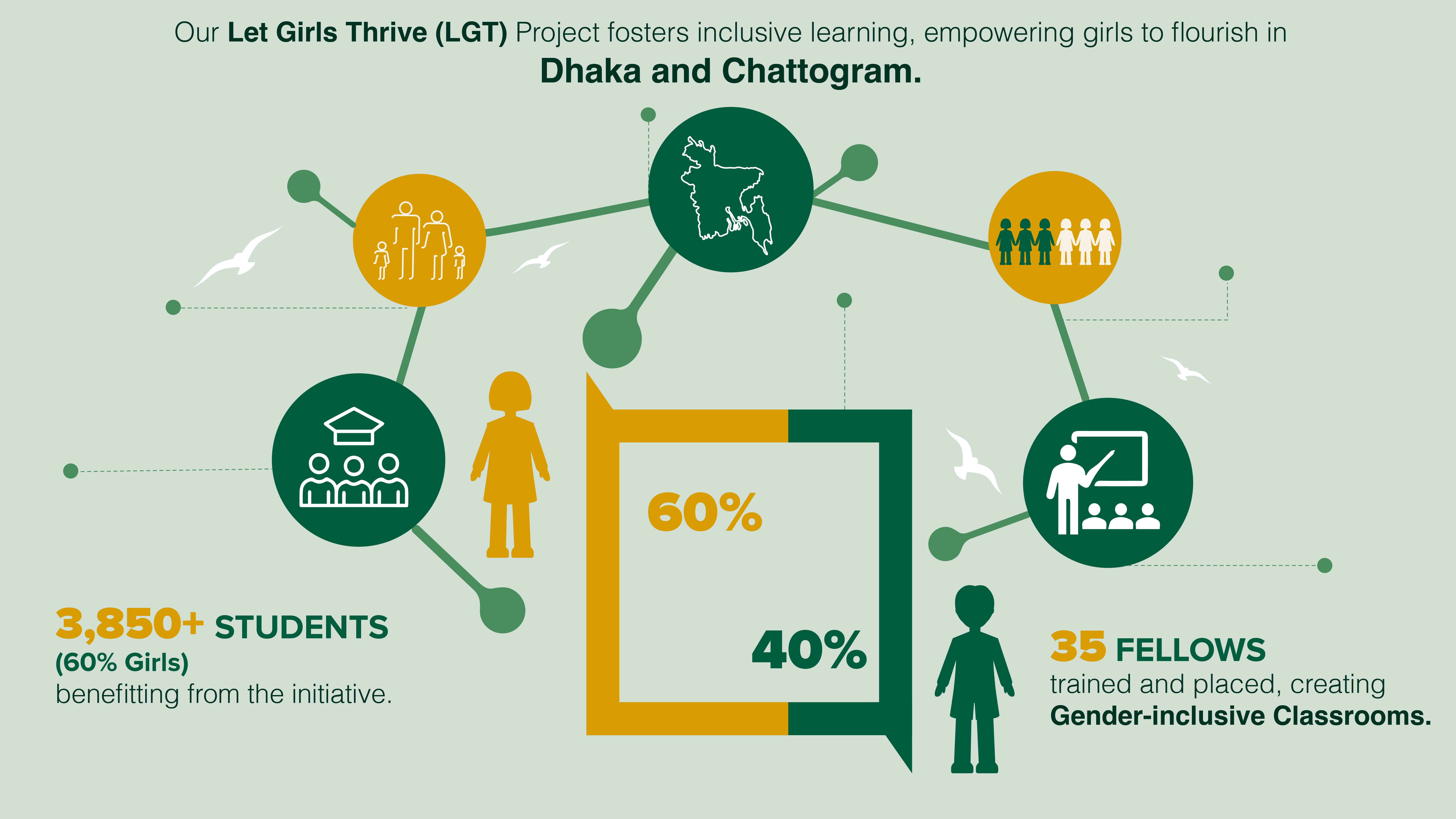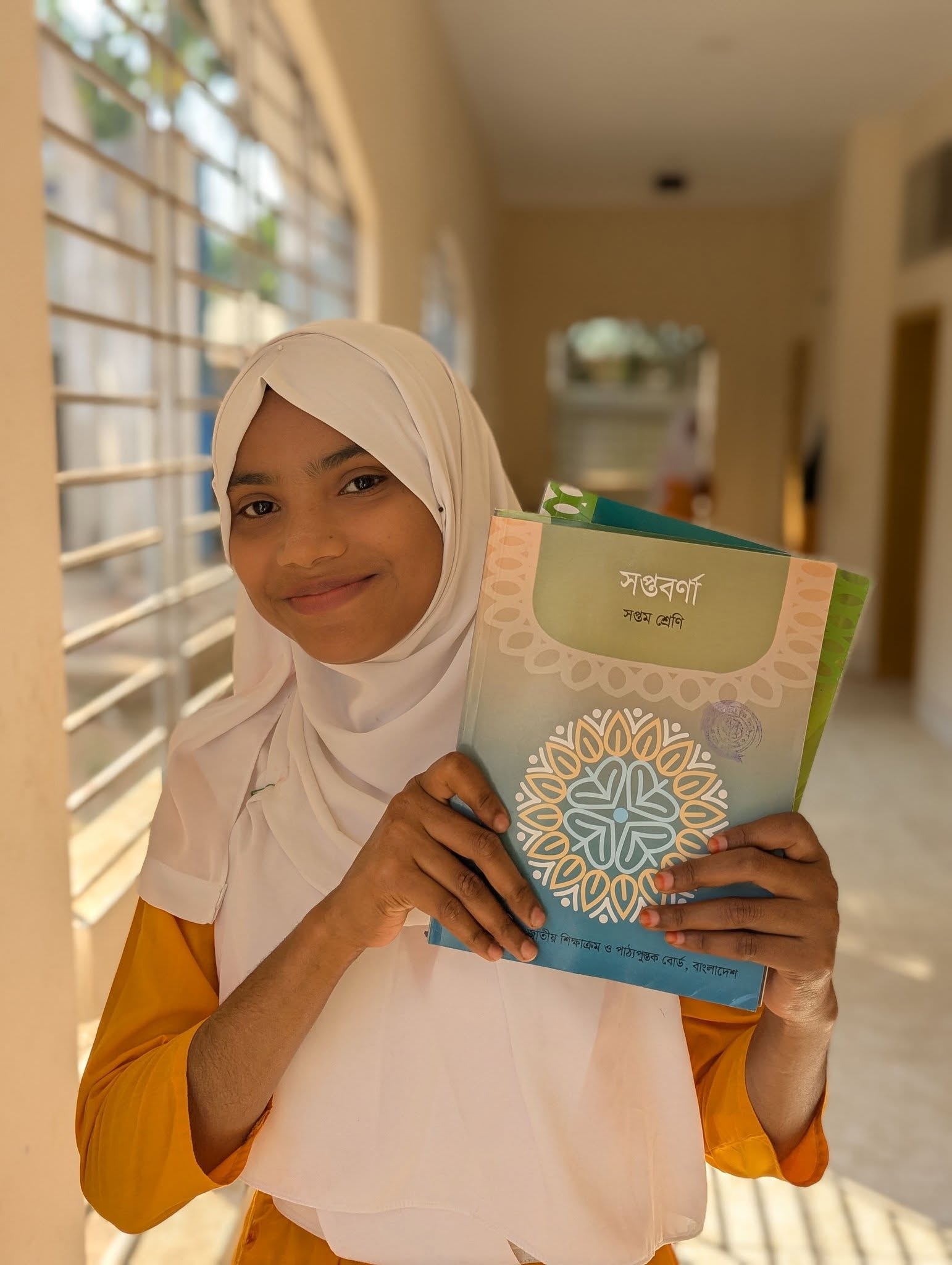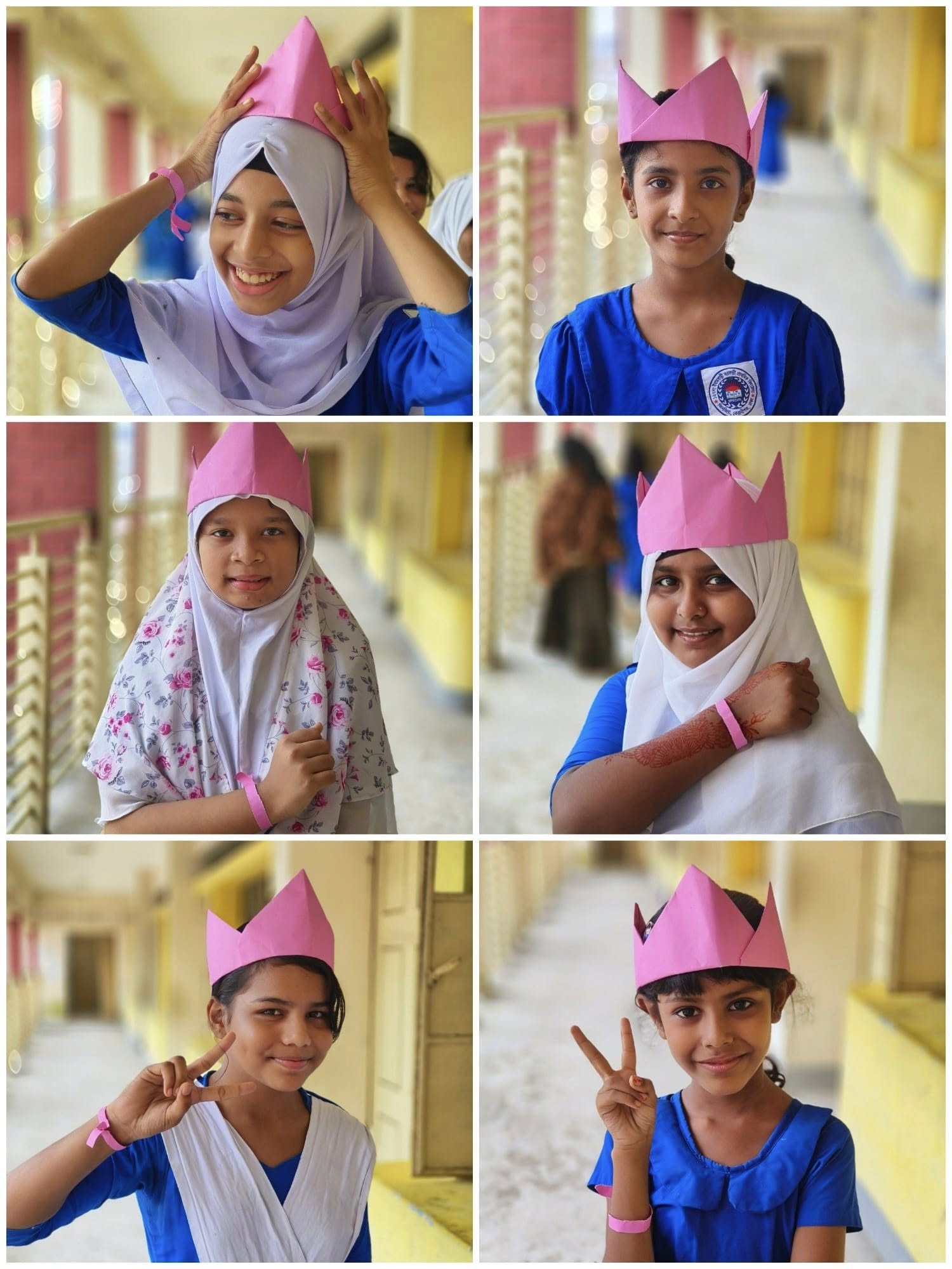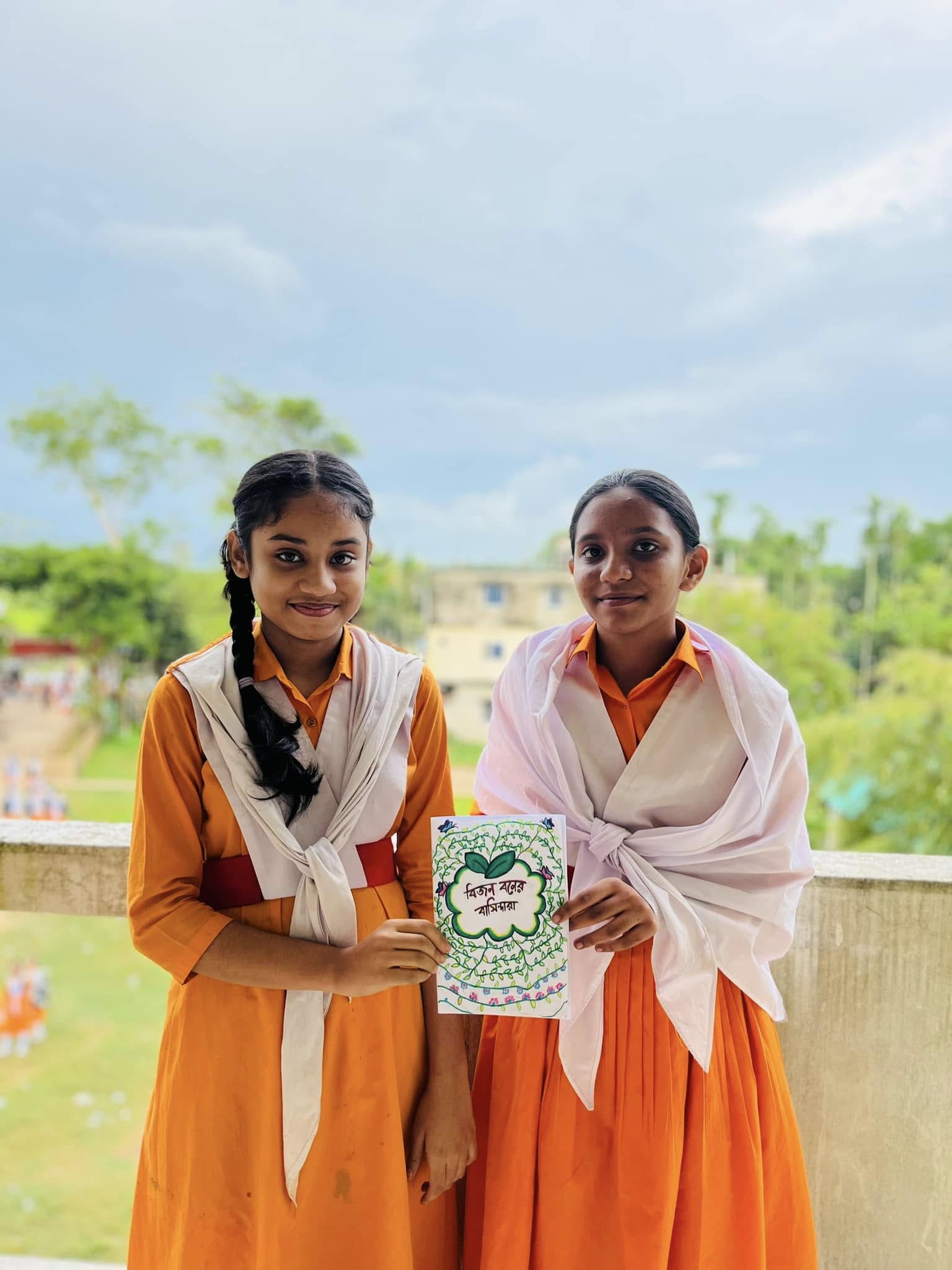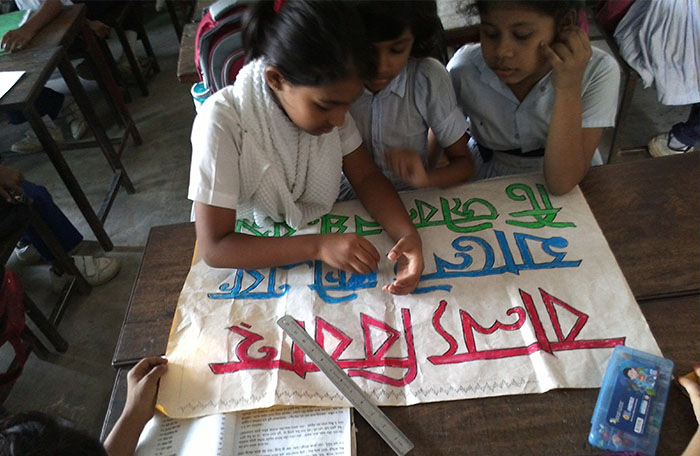Current Reality
Sabiha, a 14-year-old student in a rural government school, dreams of becoming a doctor—but like many girls in Bangladesh, her education is at risk. Girls here drop out 9% more often than boys (BANBEIS, 2019), and one in five are married before age 18 (UNFPA, 2020), cutting short their potential.
While Bangladesh ranks 71st in the Global Gender Gap Report (2022), this progress often doesn’t match the reality on the ground. Nearly 74% of girls face harassment in school (Plan International, 2021), creating an atmosphere of fear and diminishing self-confidence.
Programs like the Adolescent Girls’ Program and government scholarships are helping to keep girls in school, and women leaders offer visible hope. But deeper change is still needed—especially in education and administration, where gender inequity remains entrenched.
By ensuring gender-sensitive education, safe learning environments, and leadership opportunities, we can help girls like Sabiha not only stay in school but thrive—benefiting entire communities in the process.


